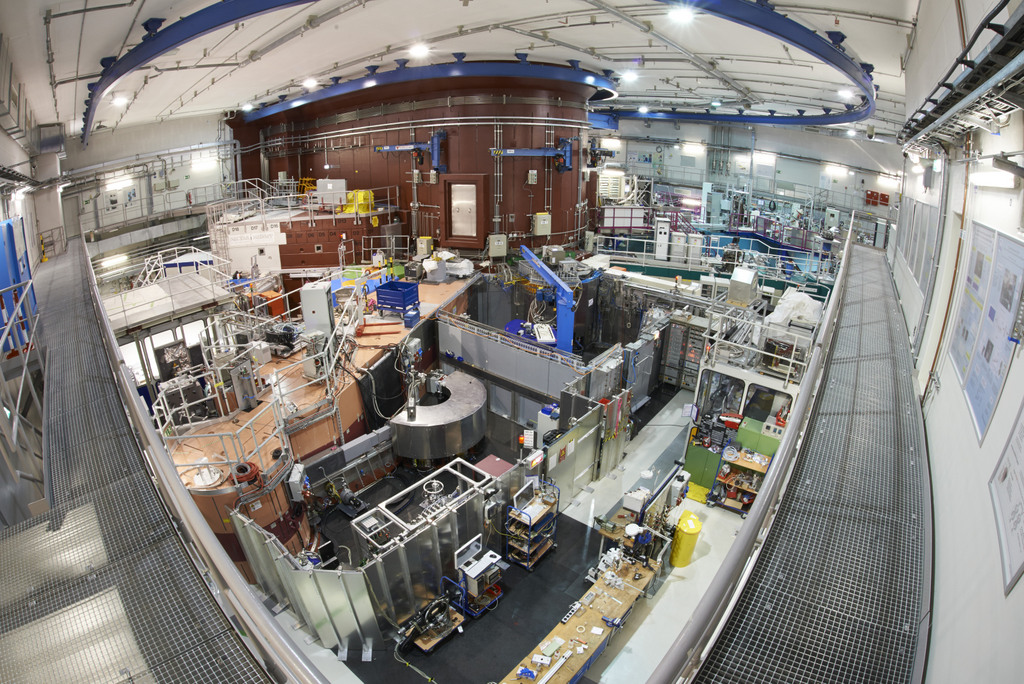Institutional Context
We are located in the outstation of Forschungszentrum Jülich (FZJ) on the campus of Technische Universität München (TUM) in Garching near Munich, Germany.
With some 6,100 employees and a unique research infrastructure, FZJ is one of the major interdisciplinary research centres in Europe. It is a member of the Helmholtz-Gemeinschaft Deutscher Forschungszentren (HFG). It focuses on use-inspired basic research in the areas energy, information, and sustainable bioeconomy.
In the Jülich Centre for Neutron Science (JCNS), we use neutrons as microscopic probes to investigate the structure and dynamics of condensed matter, with focus on the research areas soft matter and biological systems, magnetism and other quantum phenomena, energy materials. We also work on method development; we build and operate neutron scattering instruments in outstations at world-leading neutron sources.
Heinz Maier-Leibnitz Zentrum (MLZ) is the cooperation of HFG and TUM for the scientific use of the research neutron source FRM II in Garching. The neutron source is a nuclear reactor with low thermal power (20 MW) that is intended not for energy production, but for delivering a high flux of neutrons for fundamental and applied research, for isotope production, and some more applications. Through beam tubes and guides, neutrons are delivered to nearly 30 scientific instruments that are located in the reactor building and in two adjacent neutron guide halls. Of these instruments, half have been built and are operated by TUM and other universities; the other half by FZJ and other partners in the HFG.

View from the gallery in the reactor hall; near the center, the powder diffractometer SPODI (copyright W. Schürmann, TUM)
All instruments are open for external users. These users come from universities and other research institutes in Germany or abroad. Most beam time is allocated upon peer evaluation of experiment proposals, and results are published in scientific journals. A small part of the overall beam time is sold to industrial companies for proprietary research.
While the instruments are operated by different institutions, MLZ also has some common service groups, like user office, sample environment, neutron optics — and us, the Scientific Computing Group (SCG). While we happen to be on the payroll of FZJ, we develop open-source data analysis software for neutron instruments regardless of operator affiliation.